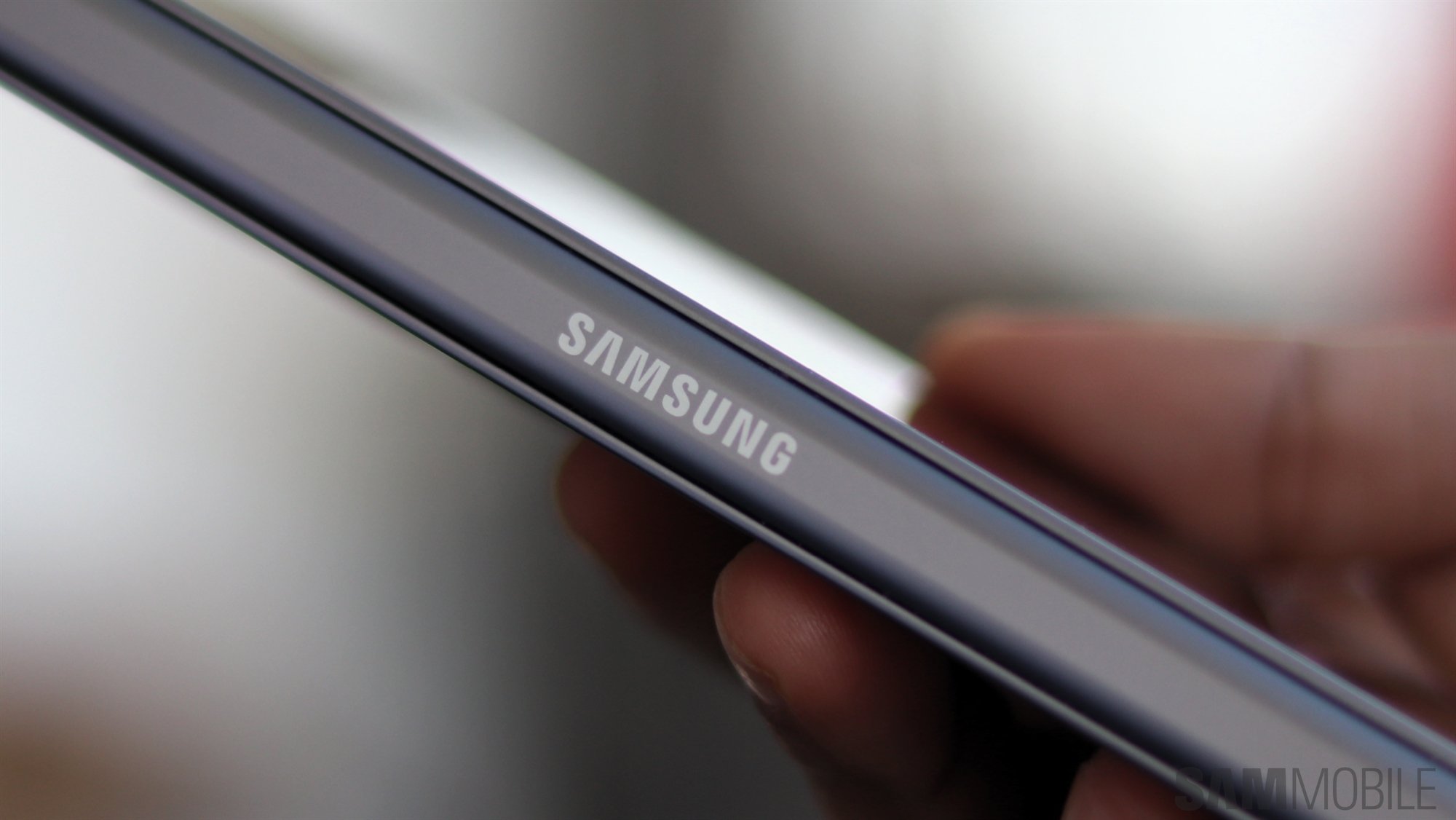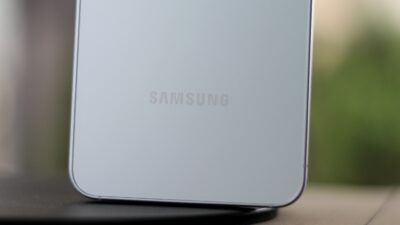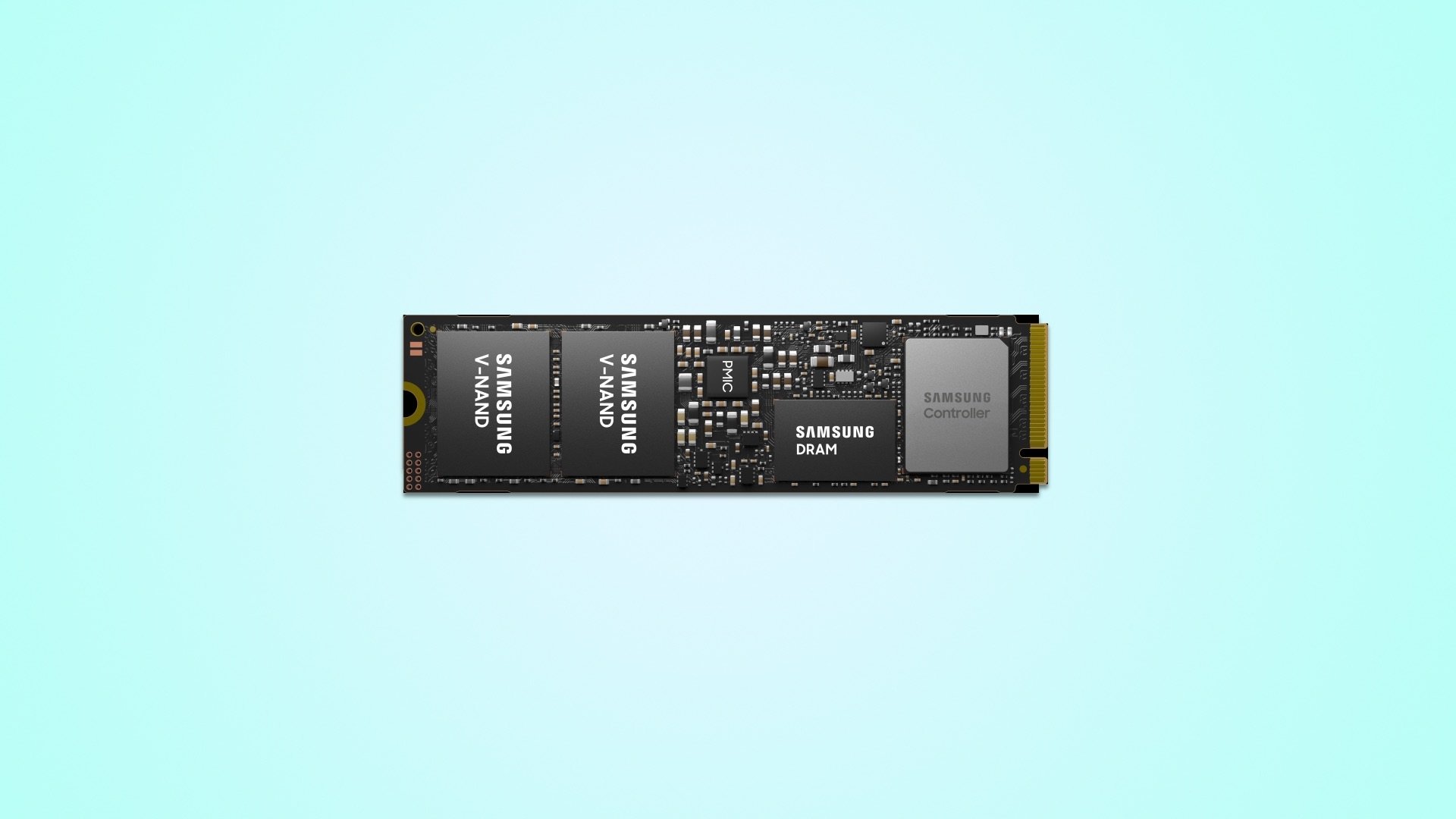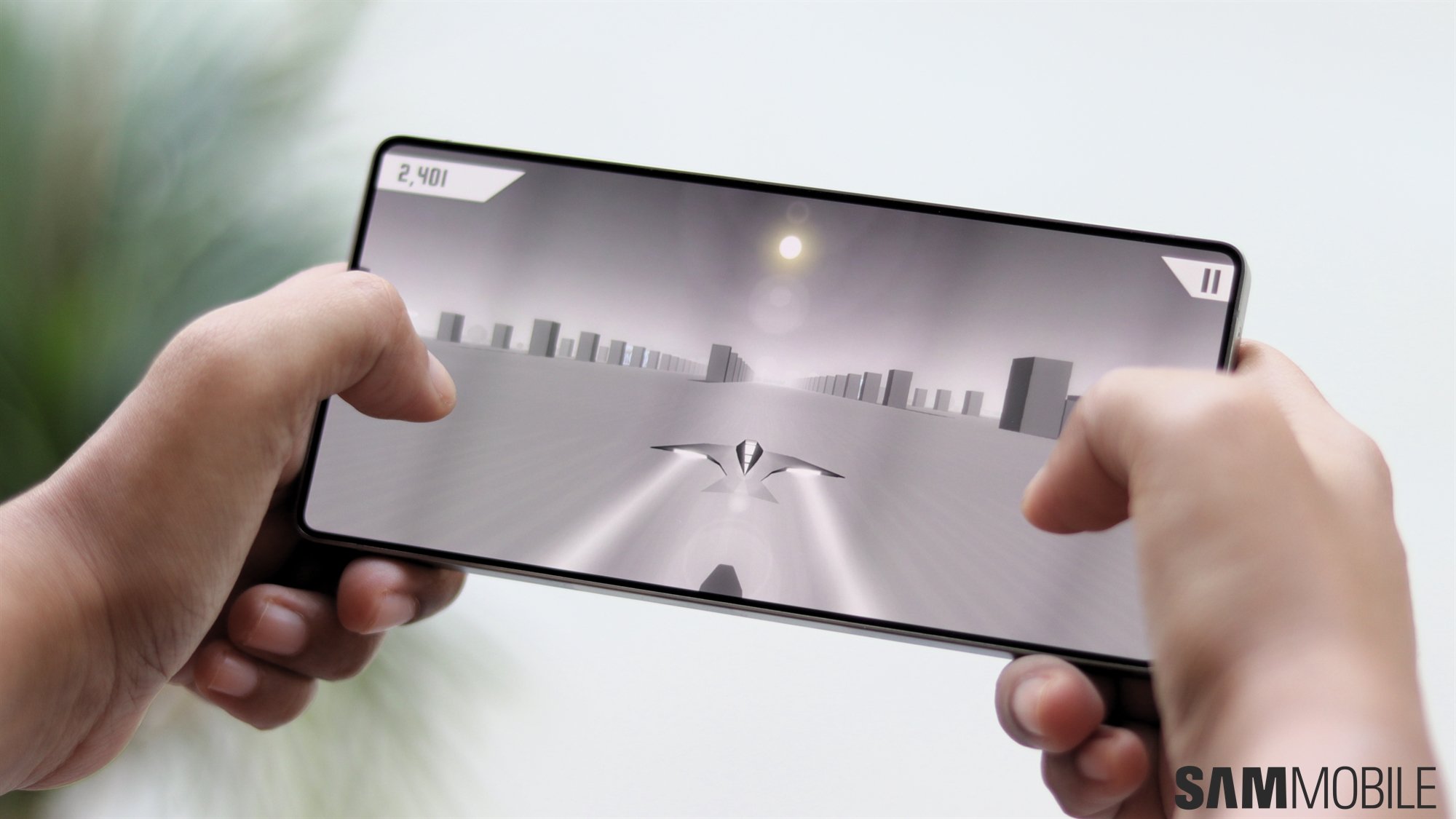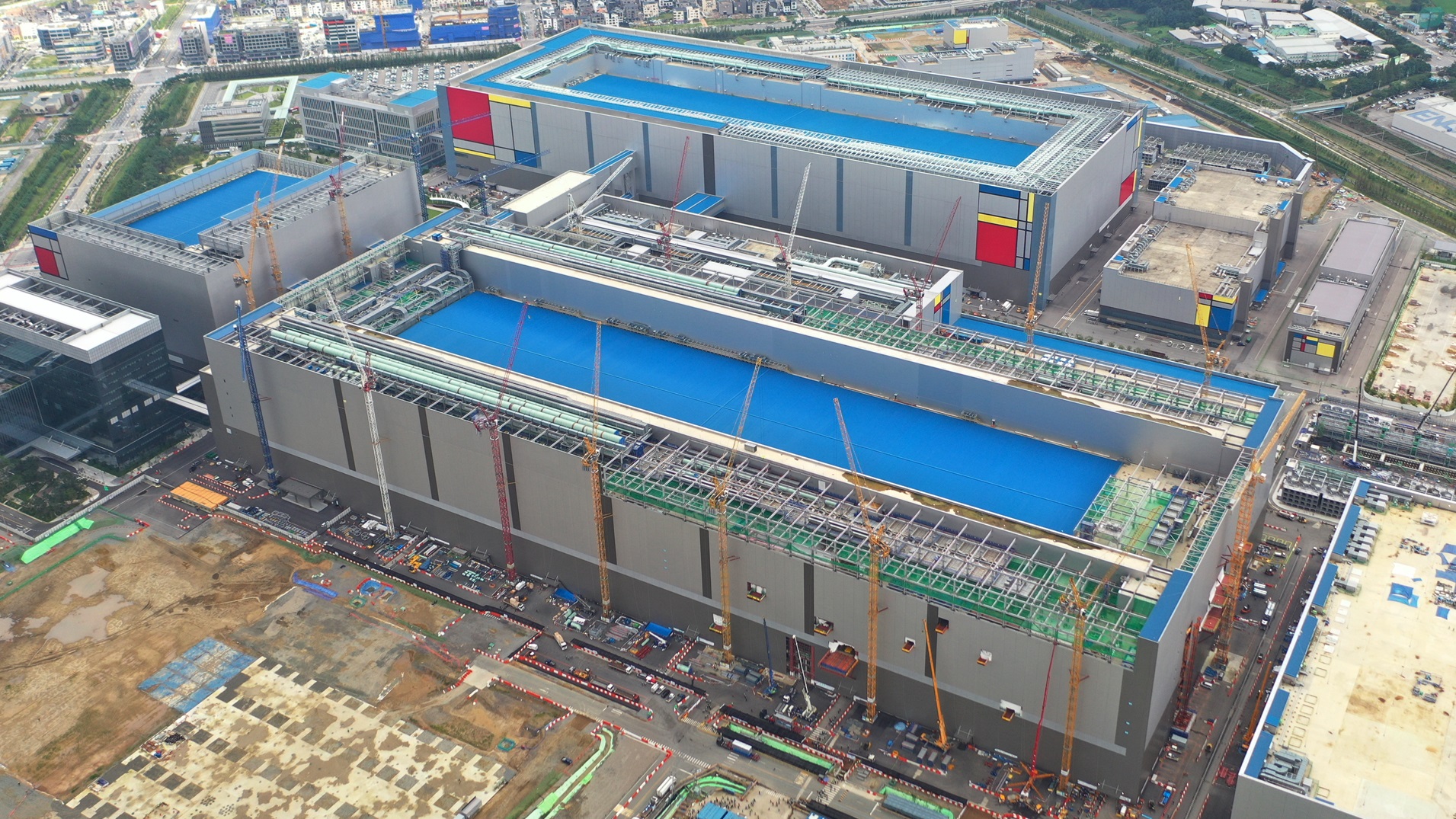
According to a report from TrendForce, Samsung Semiconductor's revenue share in the global DRAM market was 42%, which is 0.1% lower compared to Q4 2020. The company's revenue during Q1 2021 was $8.07 billion, up 8.5% compared to the previous quarter. However, the revenue growth was below the industry average of 8.7%.
SK Hynix was the second biggest DRAM player globally with a market share of 29%, down 0.5% from the previous quarter. Its revenue rose to $5.6 billion, a 5.6% quarter-on-quarter growth. The US-based DRAM brand Micron Technology maintained its third position in the global DRAM market with a 23.1% market share. Its revenue rose 9.6% quarter-on-quarter to $4.44 billion.
Despite robust demand for DRAM chips and an increase in prices (up to 5%), the manufacturers weren't able to post improved profits as most of them spent money on expanding their production facilities. Samsung faced low yields from its 1znm process as it only started the first phase of mass production in Q1 2021. Hence, its operating profit margin dropped from 36% in Q4 2020 to 34% in Q1 2021.
Samsung expected to post the highest growth in the DRAM market during Q2 2021
SK Hynix's yield rate improved during the same quarter, so its operating profit margin rose from 26% in Q4 2020 to 29% in Q1 2021. There's some good news for Samsung, though, as TrendForce expects its DRAM business to post the highest growth in Q2 2021 as its 1znm process will reach maturity levels.
All three prominent DRAM brands are expected to post higher profits in the next quarter due to rising prices and robust demand as the remote learning and work-from-home trends continue amid the COVID-19 pandemic. Despite the expansion of production facilities by these brands, the effect won't be visible until the first half of 2022.














